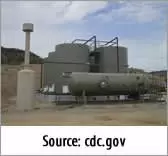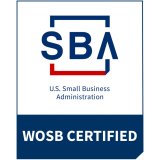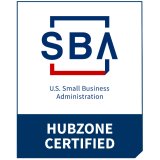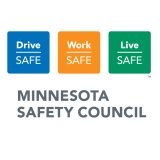Oil and Gas: Health Concerns in Flowback Operations
 Although physical safety hazards for oil and gas extraction operations are well known, there is very little published research regarding the types and magnitude of health risks linked to hazardous chemicals. Of recent concern are chemical exposures associated with flowback operations (storing and processing fluids involved in hydraulic fracturing). Results from initial field studies by the National Institute for Occupational Safety and Health (NIOSH) suggest that certain flowback activities can result in elevated concentrations of volatile hydrocarbons which could be acutely toxic at high concentrations (affecting eyes, breathing, nervous system, and possibly heart rhythms). NIOSH plans to conduct further studies and has recently requested assistance from oil and gas stakeholders. Based on limited information, their preliminary recommendations include reviewing tank gauging procedures, hazard awareness training, ensuring workers do not work alone, monitoring worker exposures, and using appropriate respiratory protection. For more information, see: Reports of Worker Fatalities during Flowback Operations and Oil and Gas Extraction Program.
Although physical safety hazards for oil and gas extraction operations are well known, there is very little published research regarding the types and magnitude of health risks linked to hazardous chemicals. Of recent concern are chemical exposures associated with flowback operations (storing and processing fluids involved in hydraulic fracturing). Results from initial field studies by the National Institute for Occupational Safety and Health (NIOSH) suggest that certain flowback activities can result in elevated concentrations of volatile hydrocarbons which could be acutely toxic at high concentrations (affecting eyes, breathing, nervous system, and possibly heart rhythms). NIOSH plans to conduct further studies and has recently requested assistance from oil and gas stakeholders. Based on limited information, their preliminary recommendations include reviewing tank gauging procedures, hazard awareness training, ensuring workers do not work alone, monitoring worker exposures, and using appropriate respiratory protection. For more information, see: Reports of Worker Fatalities during Flowback Operations and Oil and Gas Extraction Program.
| Categories: | Industry News, Respiratory Protection Programs |





